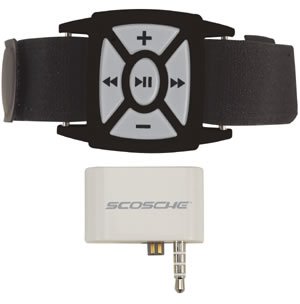


Over at
PopGadget, there was a call for the perfect laptop backpack. Well, I have one. And since I recently found out that it's not only available online but that it also comes in colors that don't suck (hey, mine was a conference freebie, so I'm not complaining -- too much), I figured it was time to share.
It's the
Timbuk2 Detour 2.0, and it's just perfect. Easy access to the roomy interior, well-designed throughout, and comfortable in either its backpack or its shoulder bag configurations, this is simply the most useful backpack I've ever had. And the integrated, padded laptop sleeve is the
piece de resistance. $100,
here. In black/silver, black/black, olive/silver, navy/silver, red/silver, or red/red.
 Curses! Why didn't I think of that? It's re-usable parachute that attaches to the cork on your champagne bottle. Launch the cork, the chute deploys, and everyone wonders why it says "Let's Party!" instead of something that isn't stupid. Anyway, if you want one, they're £2.99 here.
Curses! Why didn't I think of that? It's re-usable parachute that attaches to the cork on your champagne bottle. Launch the cork, the chute deploys, and everyone wonders why it says "Let's Party!" instead of something that isn't stupid. Anyway, if you want one, they're £2.99 here.





